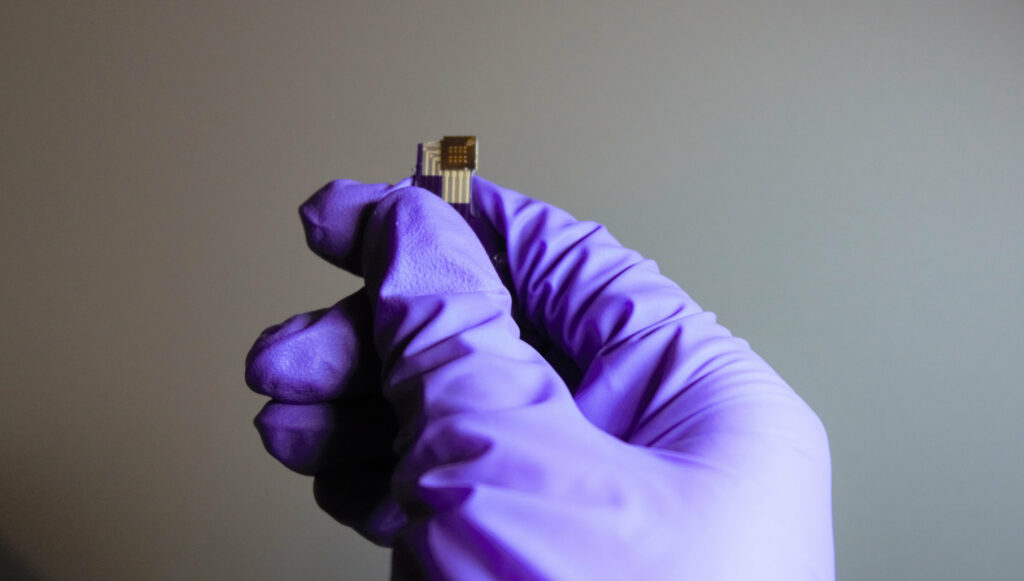As we know that AI softwares take a lot of energy, scaling is a problem. But if we can also put in some intelligence into the hardware and circuits, it could reduce energy consumption and can help us in scaling AI into mass use products like self driving cars.
“Software is taking on most of the challenges in AI. If you could incorporate intelligence into the circuit components in addition to what is happening in software, you could do things that simply cannot be done today,” said Shriram Ramanathan, a professor of materials engineering at Purdue University.
Ramanathan’s team has demonstrated artificial “tree-like” memory in a piece of potential hardware at room temperature. Researchers in the past have only been able to observe this kind of memory in hardware at temperatures that are too low.
The hardware that Ramanathan’s team developed is made with quantum material which has properties that cannot be explained by classical physics. Ramanathan’s lab has been working to better understand these materials and how they might be used to solve problems in electronics.
Software uses tree-like memory to organize information into various “branches,” making that information easier to retrieve when learning new skills or tasks. People who are into computer sciences would be very much familiar with these trees.
This piece of hardware has been inspired from human brain itself and that is a great example of how we can learn from nature.
“Humans memorize things in a tree structure of categories. We memorize ‘apple’ under the category of ‘fruit’ and ‘elephant’ under the category of ‘animal,’ for example,” said Hai-Tian Zhang, a postdoctoral fellow at Purdue’s College of Engineering. “Mimicking these features in hardware is potentially interesting for brain-inspired computing.“
Ramanathan’s team introduced a proton to a quantum material called neodymium nickel oxide. They found that the proton moves around when an electric pulse is applied. Each new position of the proton creates a different resistance state, which creates an information storage site called a memory state. Multiple electric pulses create a branch made up of memory states.
“We can build up many thousands of memory states in the material by taking advantage of quantum mechanical effects. The material stays the same. We are simply shuffling around protons,” Ramanathan said.
“This discovery opens up new frontiers for AI that have been largely ignored because implementing this kind of intelligence into electronic hardware didn’t exist,” Ramanathan said.
So, this materials might help us communicate more naturally with AI and easily scale AI to masses due to less energy consumption.
Journal
Perovskite Neural Trees, Nature Communications (2020). DOI: 10.1038/s41467-020-16105-y

